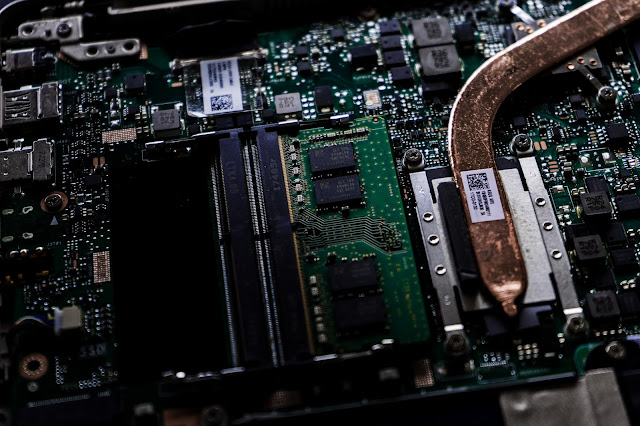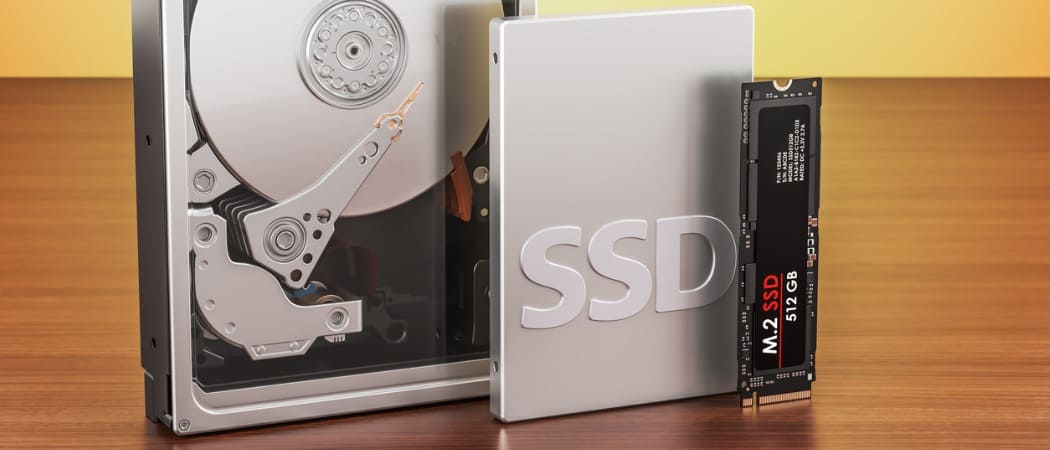 |
| Photo by Artiom Vallat on Unsplash |
Due to shortage of silicon, increasing demand and various other factors fueled by the pandemic, the price of computers - from PCs to gaming consoles - is rising up steadily. This has also led to limited stocks of many models too. So the next time you want buy a new PC, you either have to wait for the next stocks to arrive or buy it overpriced. If you still want to get a new computer but don't want to wait or spend too much, there is a way-
Upgrade your old PC. It might not sound like a good option, but it sure is sensible and beneficial. Just by cleaning your laptop/desktop and upgrading them with easy to install hardware components, you can make your PC faster, powerful and make it look like the same way when you first bought it. Most importantly, you will save a LOT amount of money.
Here in this guide, I will tell you the components you will need to get the most out of computer. Believe me, I upgraded a six year old second-hand PC and it performs way better then I expected. Booting Windows in about 10 seconds, launching programs almost instantly and running some of the biggest AAA games are some of the proofs I have.
Important things to take note...
- Before we go ahead, I want to tell you that you don't need to be an expert to open up your computer.
- You can always ask a tech savvy relative or friend to help you out.
- Research about the specifications of the exact model of your PC online. It'll help you decide and buy the right components. (Model? Go to Start > Search "System Information" > "System Summary" > Look for the "System Model" field).
- Make sure to check your PC's warranty period (usually about a year). If still under warranty, it's better not to open up your PC.
- Search for guides or videos of how to upgrade your PC model beforehand to familiarize with the process of opening your PC.
- Most laptops are slightly complicated to upgrade. If you don't think you can do it, better not do it.
- Use isopropyl alcohol (rubbing alchohol) to clean the surfaces of your laptop (eg. some sanitizers). Only use a dust blower (or your mouth, just kidding) to remove dust from the motherboard and other components.
- Last but not the least, please ground yourself when working with the hardware components to avoid static electric discharges. Using a anti-static band will be better but not necessary.
Here are the 2 main hardware components that are very straightforward to upgrade -
#1 RAM/Memory
 |
| Image from PCMag India |
The place where you PC stores data temporarily. Once you switch of your PC, all data is gone. When you launch Chrome, necessary data is transferred from the storage drive (more on this later) and stored in the memory for faster retrieval. More the memory, the better. No wonder why your PC struggles to launch and handle multiple Chrome tabs or other apps at the same time.
Nowadays, standard memory is considered to be 8GB. Heck, even modern smartphones come with 8GB memory. 4GB memory is not sufficient, especially if you multi-task. Keep in mind that Windows 10 itself takes around 2GB, which makes only another 2GB for your other programs or apps. Your first step is to buy and replace memory modules.
The RAM speed is important too! Again, the higher the better. Laptop RAM (SODIMM) is shorter in size when compared to desktop RAM (DIMM). Watch out for the type of RAM your PC uses too - it can be DDR3 or DDR4 depending upon your model.
Using RAM in dual channel mode, i.e. using a pair of same RAM sticks, can increase performance significantly.
#2 Storage /Hard Drive
 |
| Image from groovyPost |
The component where the software, data and files are stored permanently. Operating system, apps, games, photos, videos and so on. You know this. But what you may not know is it's the hard drive that is the culprit thanks to which your PC is slow. Now do you realize why the apps launch slowly and Windows 10 starts even slower? That's because you are using a HDD (Hard Disk Drive) instead of a SSD (Solid State Drive).
HDD are an older technology of storing data using spinning disks. When you switch on your computer, you're basically waiting for the spinning disk to gain speed! That's why one of the reasons why the HDD is slower. The speed of the HDD is based on RPM (Revolutions Per Minute). And again... the higher it is better. The most common ones are 5400RPM and 7200RPM. Also HDDs come in two sizes - 2.5 and 3.5 inches. Compared to SSDs, they are much heavier. But what about the advantages? HDDs are cheap and thus you can buy one that has a lot of space measured in GB or TB (1TB = 1000GB). This makes them very popular to store a large amount of data like photos, videos and games. So yes, HDDs are helpful.
Coming to SSDs, they have no moving parts like the HDD and use similar technology used in pendrives. They are lighter and power efficient. Most importantly, they are fast! Most SSDs come in 2.5 inch size but some, called M.2 SSDs, look like small bars. Just like memory sticks. On the other hand, due to the tech used inside, they are expensive. When comparing a HDD and SSD at the same price, SSD contain less space.
So how to make the most of SSDs? Well, definitely buy them. Even if it has less space. A 256GB SSD atleast. Backup your data and reinstall or clone Windows to the SSD (make sure it has enough space).
Depending upon the model of the PC, you can only replace the HDD or use both the HDD and SSD together. In most modern laptops, you can use the M.2 SSD and continue to use the old preinstalled HDD. The same applies for desktops, a 2.5 SSD or a M.2 SSD. But you will need extra cables for the desktop though. Using both, you can install Windows on the SSD and other personal data like photos and stuff on the HDD that has more space. Nice arrangement right?
Now see how fast your PC has already become!
Hope you found my guide helpful! And I hope you've got yourself a more powerful PC and saved money. If you ever get stuck, there are tons of resources online to check out.
Feel free to share your comments below.
Like my blog? Follow @redromnontheblogger on Instagram for updates!
Good tips RIshabh
ReplyDeleteNice. Well written
ReplyDeleteThanks!
DeleteVery useful piece of information Rishab. Good job👍.
ReplyDeleteThanks!
DeleteGood information
ReplyDeleteThanks!
Delete